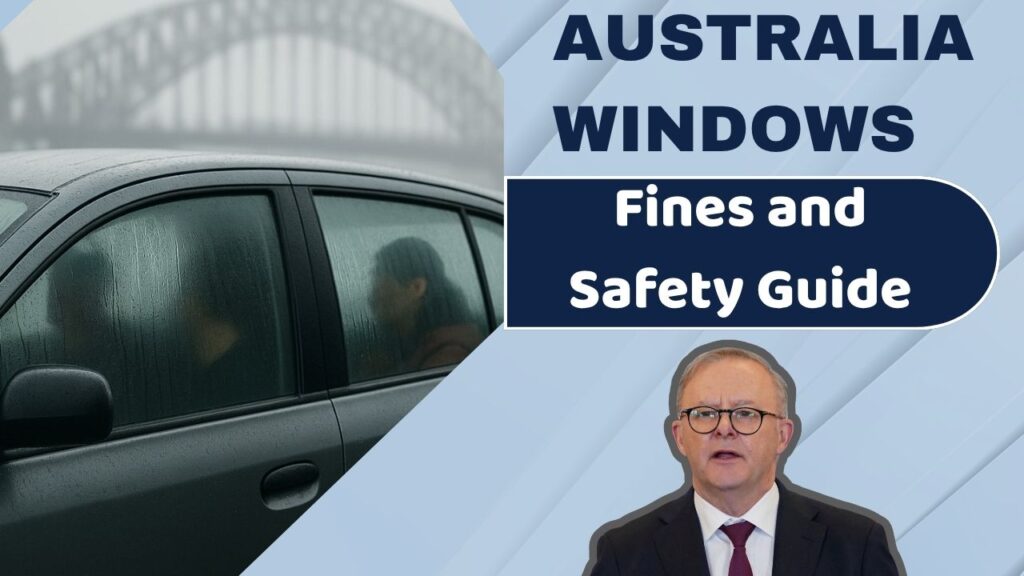Driving in Australia comes with a set of rules designed to keep everyone safe on the roads. One common issue many drivers face is fogged car windows, which can significantly reduce visibility and increase the risk of accidents. Beyond the safety concerns, Australian authorities have strict fines and penalties for drivers whose windshields and windows are obscured, especially during morning commutes and winter months. Understanding the legal requirements and adopting proper defogging techniques ensures drivers stay compliant while protecting themselves and others on the road.

Understanding Fines for Fogged Windows in Australia
Australian road rules impose specific fines and penalties for drivers whose vehicle windows are not properly clear. Police officers can issue tickets if they observe obstructed windshields or reduced visibility caused by fog or condensation. These fines vary by state, but common penalties include monetary fines and, in serious cases, demerit points. Staying aware of local regulations ensures you avoid unnecessary legal trouble while maintaining a safe driving environment. Regularly checking your car’s windows and using approved defogging methods can help prevent violations.
Safety Risks of Driving with Fogged Windows
Driving with fogged car windows drastically increases the risk of accidents due to poor visibility. Condensation can obscure road signs, pedestrians, and other vehicles, creating dangerous situations during peak traffic hours. Fogged windows can also contribute to rear-end collisions and difficulty in lane positioning. Australian safety experts recommend using defogging sprays, air conditioning, and windshield wipers to maintain clear sightlines. Ensuring optimal visibility is not only a legal requirement but also a critical step in preventing avoidable crashes.
How to Stay Compliant with Window Visibility Rules
To remain compliant, drivers should routinely clean and maintain their windows using approved cleaning solutions and avoid interior clutter that can trap moisture. Applying anti-fog treatments and running your car’s air circulation system helps prevent condensation buildup. Additionally, checking weather conditions and leaving extra time for defogging during colder months ensures safe driving practices. Following these steps not only helps you avoid fines but also promotes road safety awareness for all users.
Summary and Key Takeaways
Fogged car windows in Australia pose both legal risks and safety hazards. Drivers can face fines and demerit points if their windows are obscured, making it essential to follow state regulations. By using defogging methods, maintaining clean windows, and taking preventive steps, drivers can significantly reduce the likelihood of accidents. Prioritizing visibility ensures safe driving conditions for yourself and others while staying fully compliant with Australian road rules.
| State/Territory | Fine for Fogged Windows | Demerit Points |
|---|---|---|
| New South Wales | $114 | 1 |
| Victoria | $165 | 2 |
| Queensland | $133 | 2 |
| Western Australia | $100 | 1 |
| South Australia | $150 | 2 |
Frequently Asked Questions (FAQs)
1. What is the main cause of fogged car windows?
Condensation from temperature differences and humidity is the main cause.
2. Can I be fined for fogged windows in Australia?
Yes, state regulations impose fines and sometimes demerit points.
3. What are the safest ways to defog windows?
Using air conditioning, defogging sprays, and windshield wipers are effective.
4. Does fogging affect driving safety?
Yes, fogged windows can significantly reduce visibility and increase accident risk.






